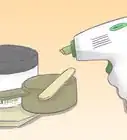This article was co-authored by Juan Sabino and by wikiHow staff writer, Dan Hickey. Juan Sabino is a Professional Barber and the Owner of Juan's Barber Shop, a barbershop based in the San Francisco Bay Area. Juan has over 20 years of male grooming experience and over eight years of professional barber experience. He specializes in combovers, barber fades, and tapers and is focused on improving men's overall wellness.
There are 8 references cited in this article, which can be found at the bottom of the page.
This article has been viewed 2,756 times.
Shaving your face has proven health and beauty benefits for women, but do they outweigh the potential side effects? When done with care, shaving your face is an easy, safe way to remove facial hair and even exfoliate your skin. We’ve laid out the pros and cons of lathering up for a shave and explained how to do it safely so you can make the best decision for you and your skin. Keep scrolling to learn what a quick shave can do for you and your beauty routine!
Steps
How to Shave Your Face
-
1Wash your face to prepare the skin for shaving. Using warm water and a moisturizing face wash or gentle exfoliating scrub, gently massage and clean your face (especially the areas you plan on shaving). Wipe your face clean with a damp cloth and then apply a few drops of facial toner all over your face with a cotton pad to remove any remaining sweat, dirt, oil, or makeup.[12]
- Additionally, you can steam your face for several minutes. It isn’t necessary, but it will soften the skin and open up your pores even more.
-
2Apply a moisturizing shaving gel. Put on a thin layer of clear shaving gel or aloe vera gel over the areas you plan to shave. Allow it to sit for a moment to absorb into your skin. Some choose to shave dry, but gel is especially recommended for those with sensitive skin.[13]
- Shaving gel reduces skin irritation by decreasing the friction between the razor and your face.
- Avoid using soap and water as a shave gel since it will dry your skin out.
- If you don’t have actual shaving gel, wet your skin and use hair conditioner or moisturizer as an alternative.
-
3Grab a clean razor and begin shaving. Hold the razor at a 45-degree angle to your face and shave with gentle, short strokes to avoid cuts and ingrown hairs.[14] Shave with the grain of your hair to minimize irritation. Try not to go over the same spot more than once if you can help it.
- It may be helpful to use your non-razor hand to gently pull your skin taut while shaving.[15]
- Use a single blade or safety razor to avoid nicks, cuts, and irritation. There are also facial razors designed specifically for exfoliating and softening skin.
-
4Hydrate your skin after shaving to prevent irritation. Use a cotton pad or clean cloth to wipe your face and remove shaving gel or loose hairs. Then, apply a cold aloe vera gel, rose water, a hydrating moisturizer, or an alcohol-free aftershave balm to soothe your skin, prevent razor burns or bumps, and leave your skin feeling extra soft to the touch.[16]
References
- ↑ https://www.hopkinsmedicine.org/health/wellness-and-prevention/dermabrasion-and-dermaplaning
- ↑ https://timesofindia.indiatimes.com/life-style/beauty/aid-for-women-how-to-shave-your-face-for-glass-skin/articleshow/83802135.cms
- ↑ https://www.vogue.in/beauty/content/foundation-tips-makeup-can-shaving-help-make-skin-smoother
- ↑ https://www.lifestyleasia.com/ind/beauty-grooming/grooming/a-complete-guide-to-face-shaving-for-women/
- ↑ https://www.harpersbazaar.com/beauty/skin-care/a10420/face-shaving/
- ↑ https://www.lifestyleasia.com/ind/beauty-grooming/grooming/a-complete-guide-to-face-shaving-for-women/
- ↑ https://www.vogue.in/beauty/content/foundation-tips-makeup-can-shaving-help-make-skin-smoother
- ↑ https://timesofindia.indiatimes.com/life-style/beauty/get-rid-of-moustache-shadows-with-these-tips/articleshow/50453193.cms
- ↑ https://timesofindia.indiatimes.com/life-style/beauty/aid-for-women-how-to-shave-your-face-for-glass-skin/articleshow/83802135.cms
- ↑ https://www.mayoclinic.org/healthy-lifestyle/adult-health/expert-answers/hair-removal/faq-20058427
- ↑ https://www.scientificamerican.com/article/fact-or-fiction-if-you-shave-or-wax-your-hair-will-come-back-thicker/#
- ↑ https://timesofindia.indiatimes.com/life-style/beauty/aid-for-women-how-to-shave-your-face-for-glass-skin/articleshow/83802135.cms
- ↑ https://www.lifestyleasia.com/ind/beauty-grooming/grooming/a-complete-guide-to-face-shaving-for-women/
- ↑ https://www.lifestyleasia.com/ind/beauty-grooming/grooming/a-complete-guide-to-face-shaving-for-women/
- ↑ https://timesofindia.indiatimes.com/life-style/beauty/aid-for-women-how-to-shave-your-face-for-glass-skin/articleshow/83802135.cms
- ↑ https://timesofindia.indiatimes.com/life-style/beauty/aid-for-women-how-to-shave-your-face-for-glass-skin/articleshow/83802135.cms
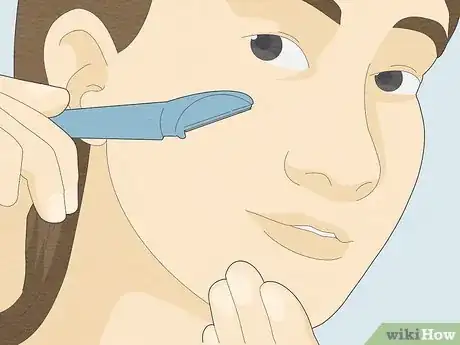
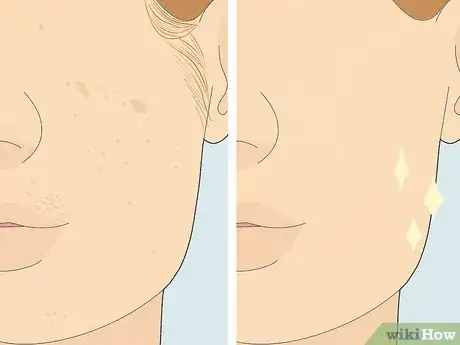
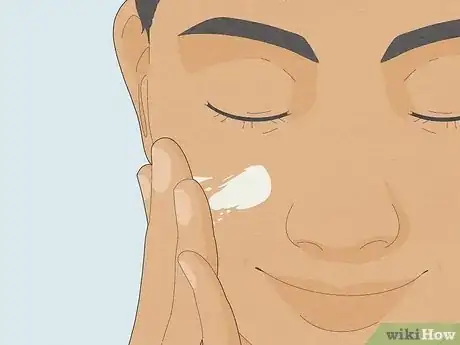
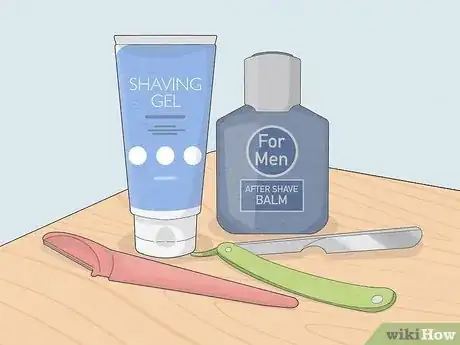

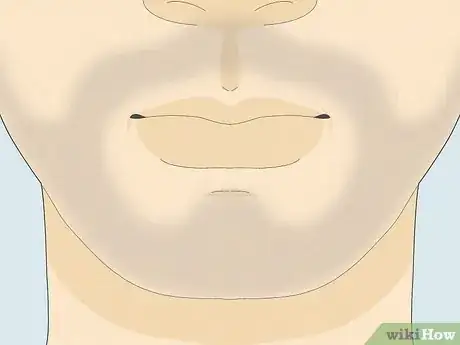
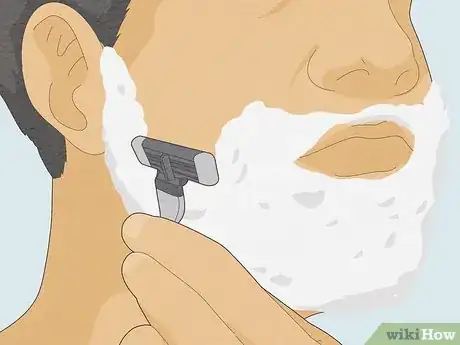

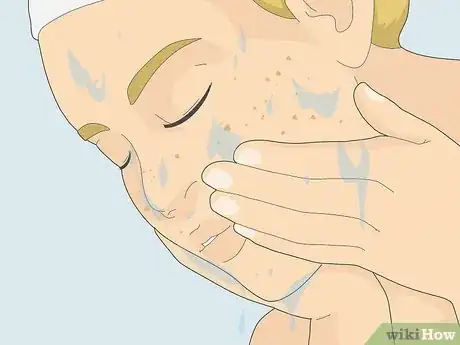
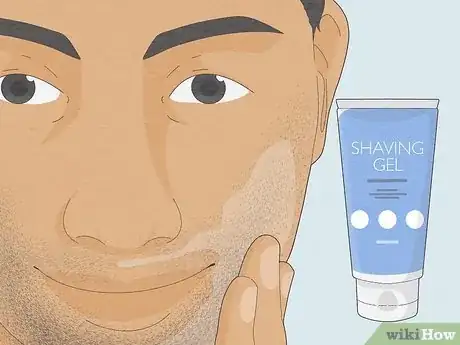
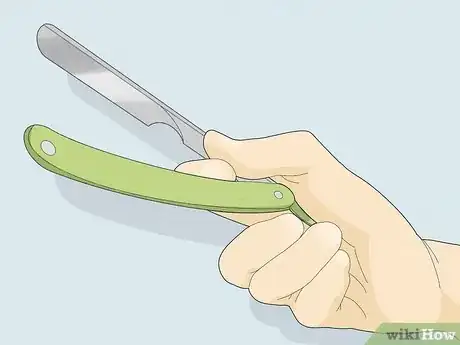

-Step-14.webp)

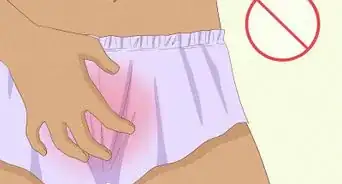



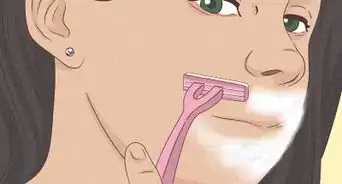
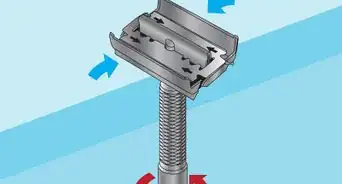
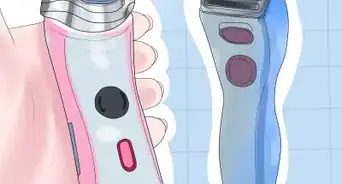
-Step-10-Version-2.webp)

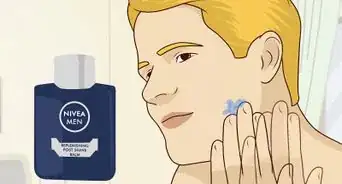
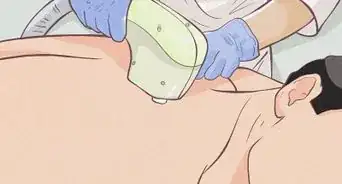







-Step-14.webp)


